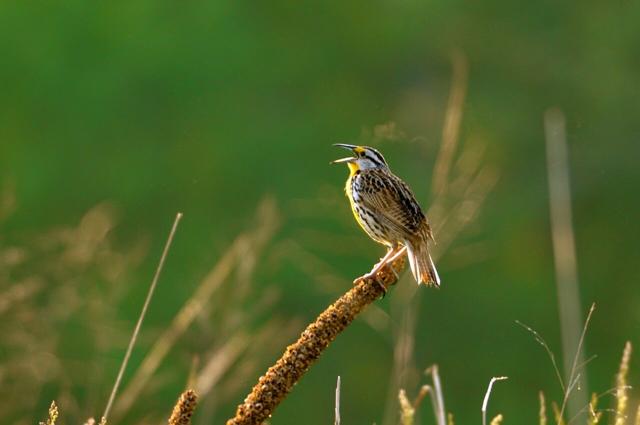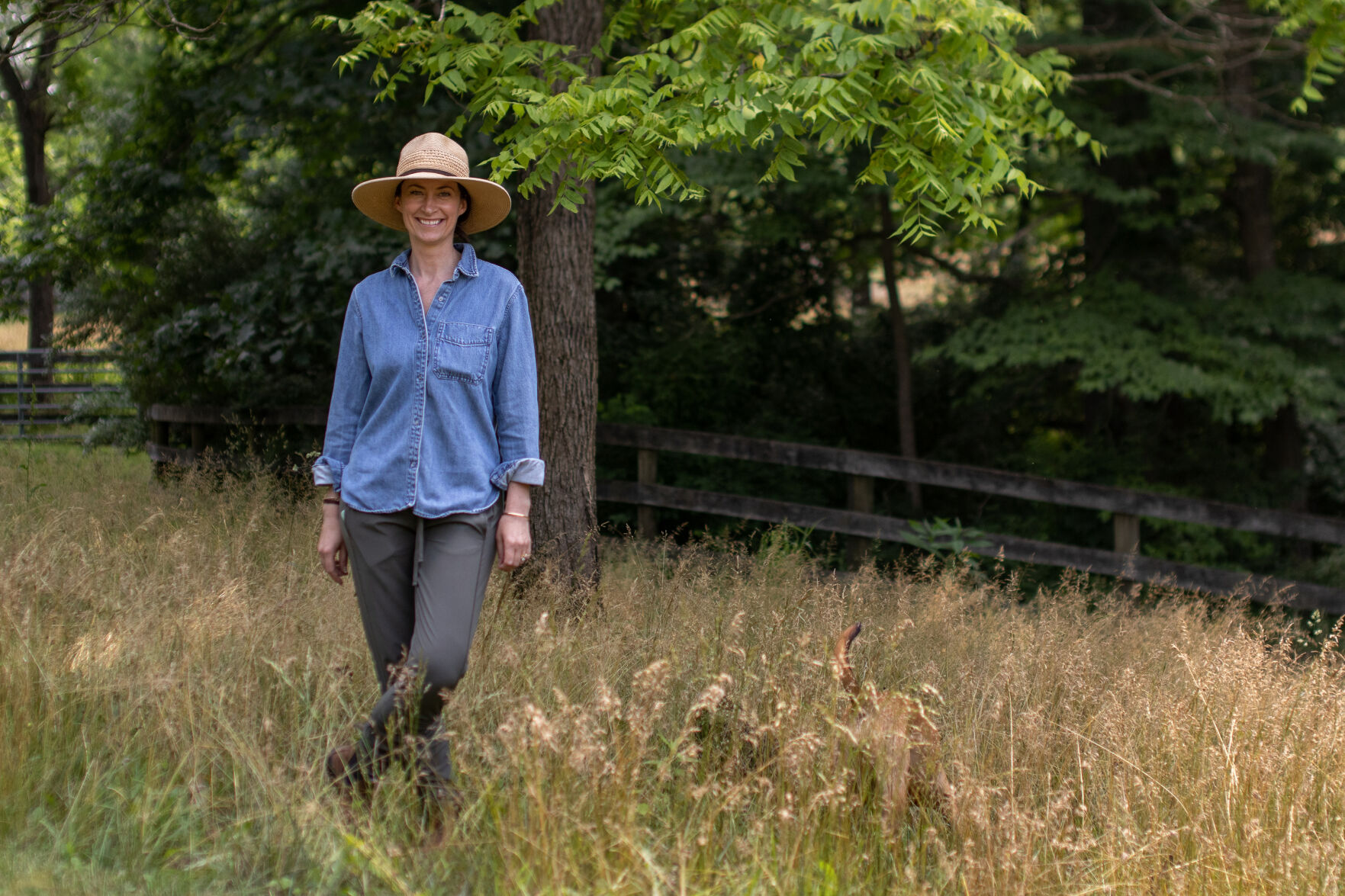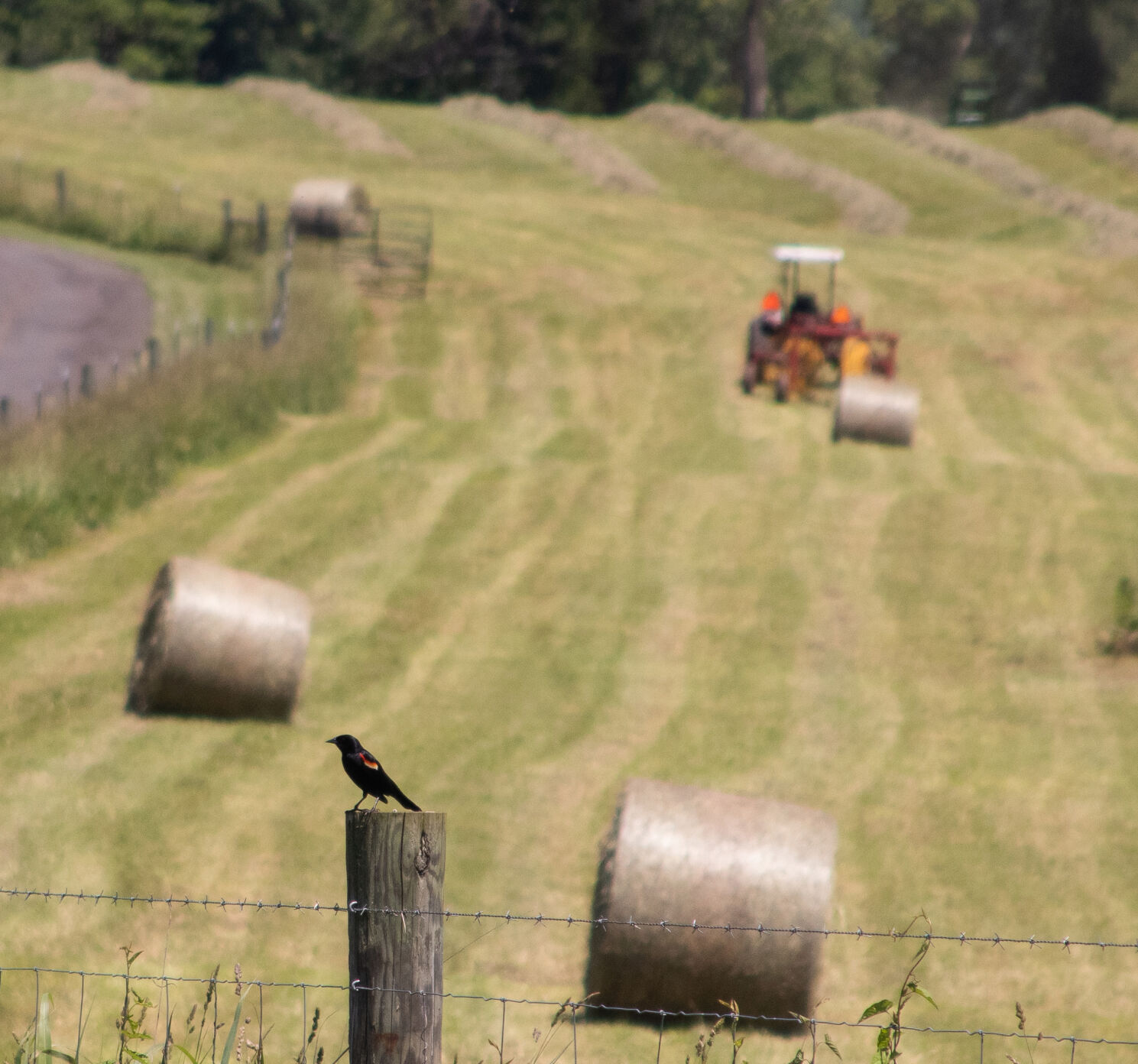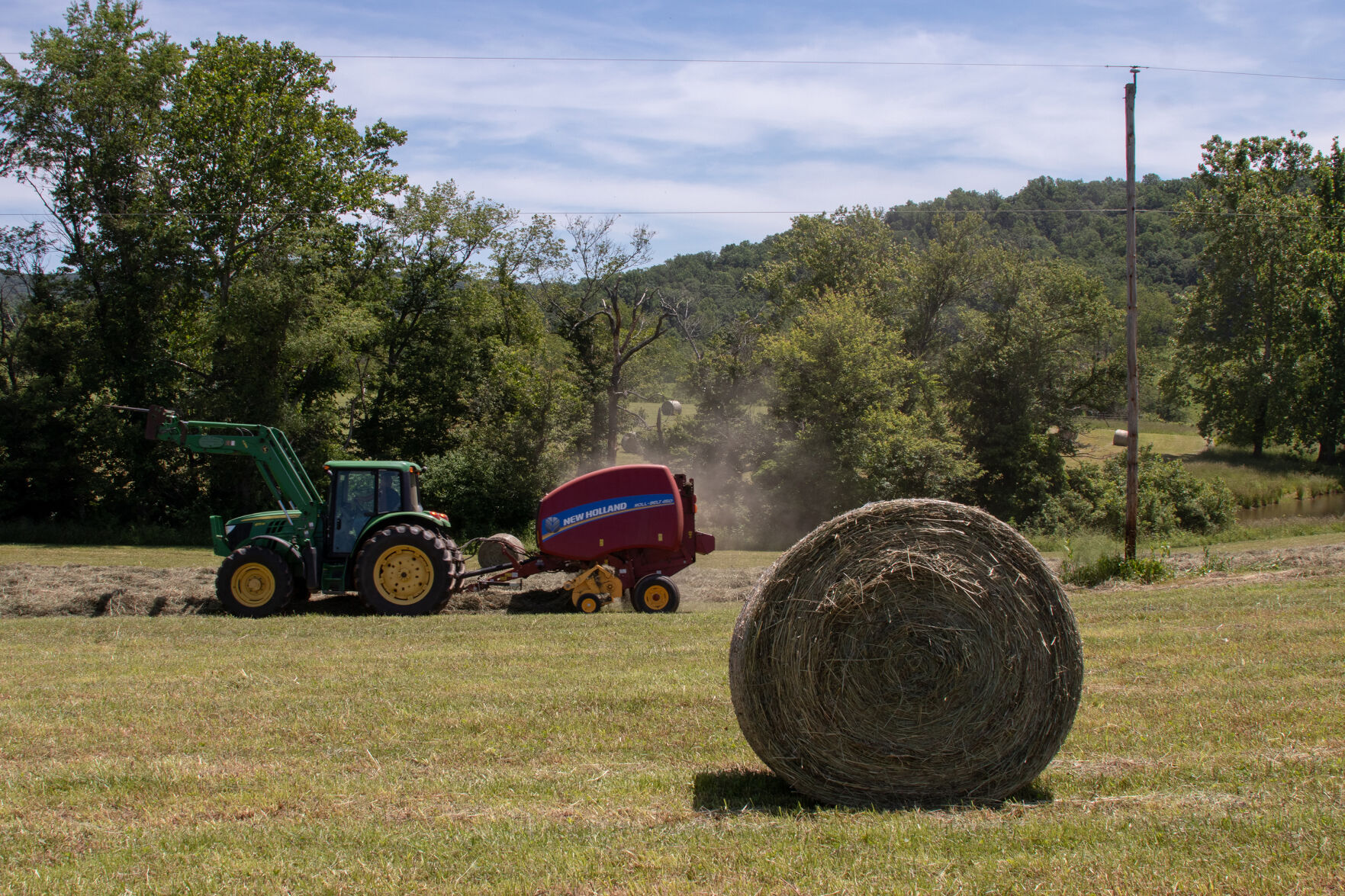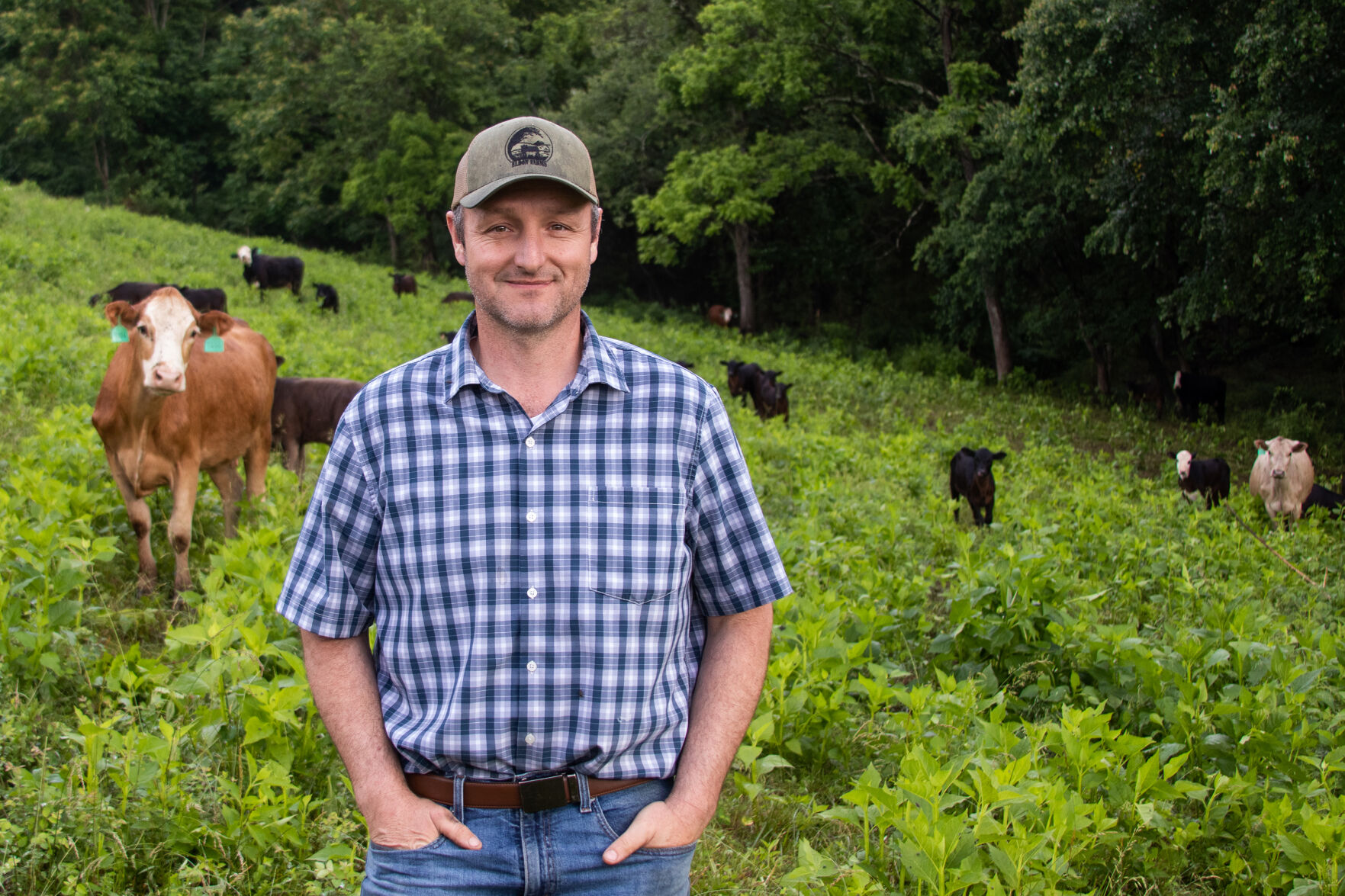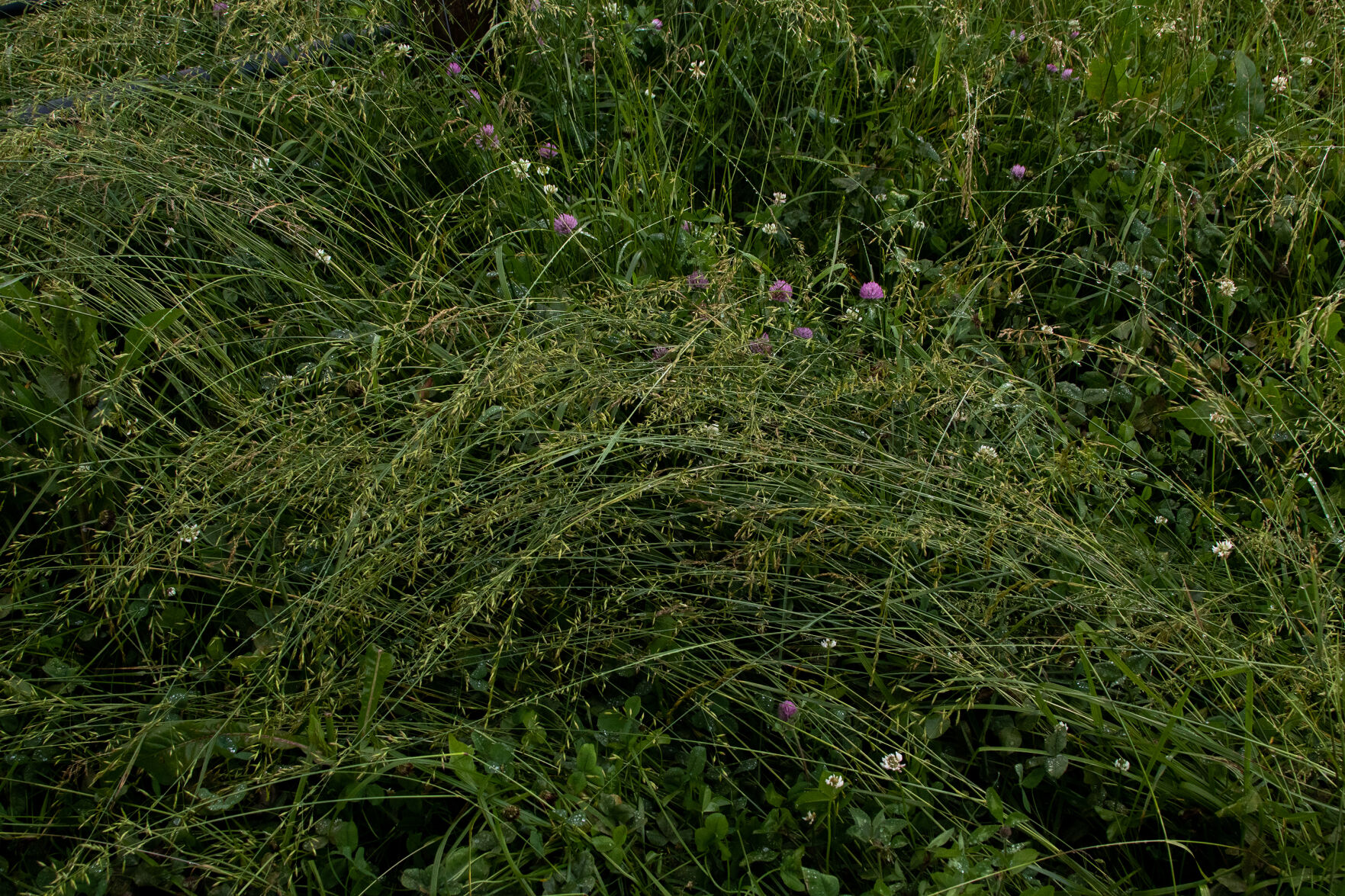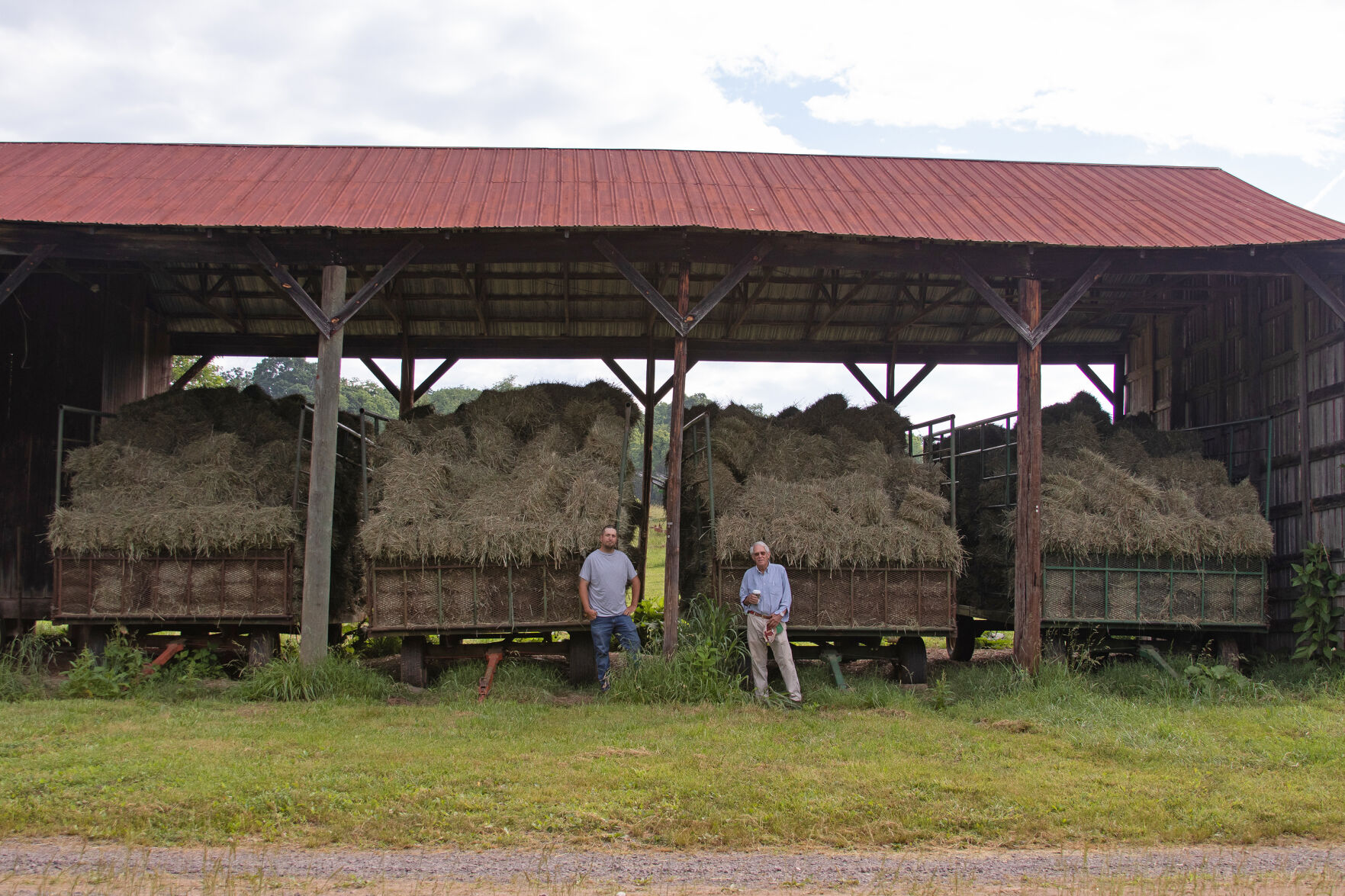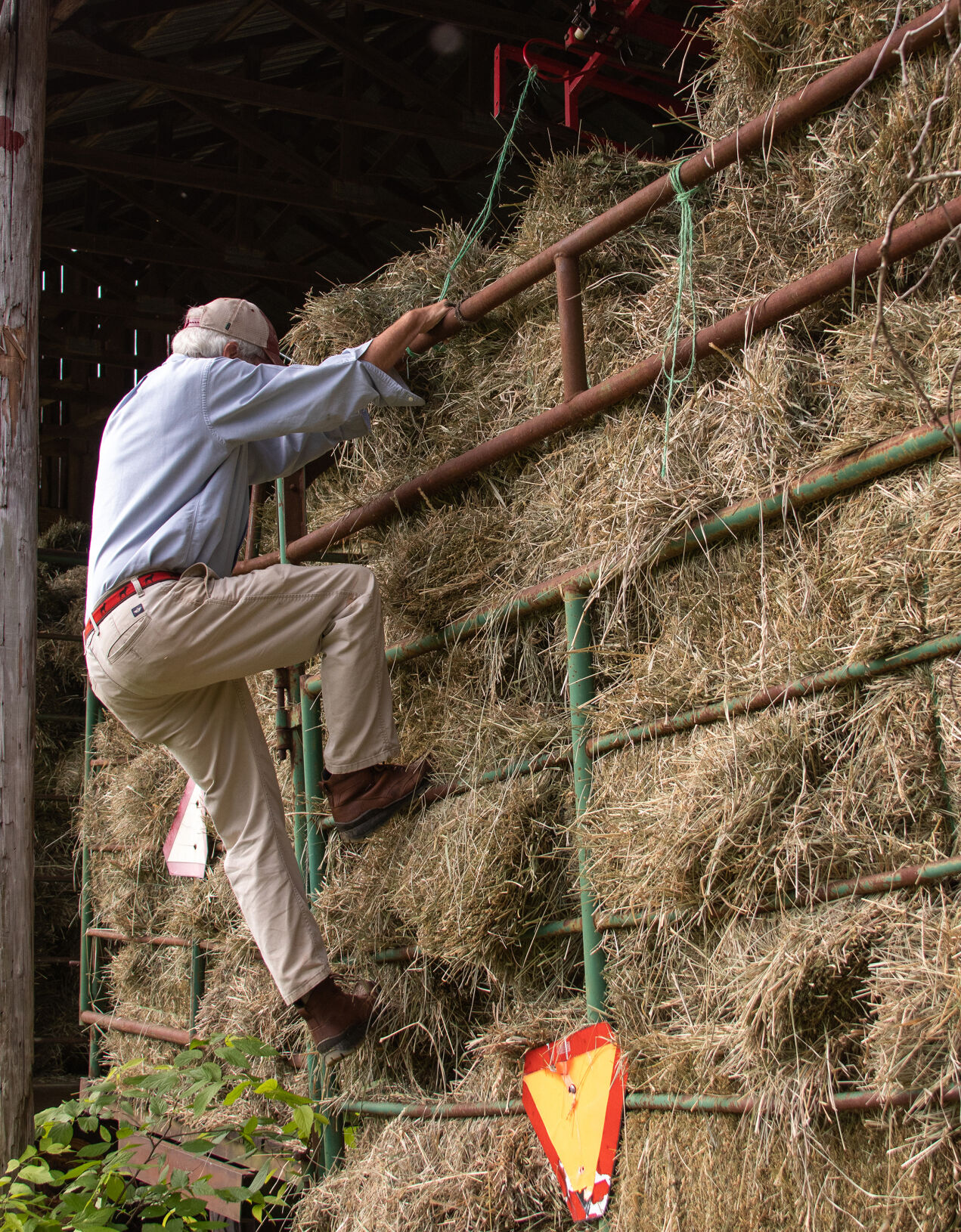Can new farming practices increase numbers?
The call of the northern bobwhite, the trill of the eastern meadowlark, the sweet high notes of the grasshopper sparrow — imagine a walk down a quiet country lane without enjoying the beautiful songs of these and other grassland birds.
Today, grassland birds are in such dire straits local and national groups are seeking solutions, including encouraging farmers to delay haymaking to protect these birds during their nesting season.
Since 1970, grassland birds have experienced a 34% population loss of over 700 million birds across the United States – perhaps the fastest decline of any bird species group – according to the 2022 State of the Birds report published by the North American Bird Conservation Initiative.
Much of the population decline is attributed to the loss of grassland habitat and changing agricultural practices in the Great Plains states. Closer to home, grasslands in Virginia are facing similar challenges, including Rappahannock County which has about 57,000 acres – about one-third of its total acreage – in agriculture and pasture lands.

eastern meadowlark
An eastern meadowlark
“There are over 50 species of birds that rely on grasslands in Virginia throughout the year and many of them, including Eastern Meadowlarks, Bobolinks and Grasshopper Sparrows are experiencing significant declines,” said Amy Johnson, program director of Virginia Working Landscapes (VWL), a program of the Smithsonian National Zoo and Conservation Biology Institute.

Amy Johnson
Amy Johnson, program director of Virginia Working Landscapes, at her home in Flint Hill while her two dogs play alongside her in the grass.
Johnson has been studying the effects of agriculture field management on grassland birds since 2013. More recently, she and her team initiated a study in Virginia focusing on fields that are mostly hayed and grazed and where, surprisingly, they have found high numbers of grassland birds.
“Since these fields were being actively managed to support farming, we wanted to take a closer look at how land management practices might influence the reproductive success of grassland birds,” she said.

Foothills_logo_10year_horizon
Foothills Forum is an independent, community-supported nonprofit tackling the need for more in-depth research and reporting on Rappahannock County issues.
The group has an agreement with Rappahannock Media, owner of the Rappahannock News, to present this series and other award-winning reporting projects. More at foothillsforum.org.
In 2021, Johnson’s VWL joined forces with the Piedmont Environmental Council, American Farmland Trust and Quail Forever to form the Virginia Grassland Bird Initiative (VGBI), a consortium that works in a 16-county region with farmers, scientists and conservationists on “win-win” solutions that can benefit both agricultural producers and birds. VGBI partners also work with landowners to improve biodiversity in fields that are no longer hayed or grazed.
Bringing farmers together
Jacob Gilley runs a 275 acre cattle operation with his wife, Jennifer, in Madison County. He is also the senior technical livestock and sustainable grazing manager for the nonprofit American Farmland Trust, coordinating workshops and providing technical assistance to a small cohort of producers in central Virginia.

red-winged blackbird
A red-winged blackbird perched on a fence post as hay is harvested behind it. The birds make their nest in tall grassy areas close to the ground, and hay cutting often disturbs their nesting season.
“Our workshops focus on innovative grazing and haying practices, like delayed hay harvesting and adaptive grazing which can maintain habitat during key bird nesting periods. Working with other members of VGBI, my role is to represent the farmer and come up with solutions that will continue profitability on the farm while protecting bird habitat at critical times,” he said.
Gilley is working with about 25 producers, building rapport, networking and sharing challenges and successes. “Building trust and understanding ‘one-on-one’ is key to making this program work. Eventually we hope to have a much larger impact with the whole farming community.”
Coming up with solutions is not always easy.

Hay baling at Eldon Farms
Hay baling at Eldon Farms in Rappahannock County.
Most hay farmers take their first cut of hay or put their livestock out to pasture in late May or early June when grasses are chock full of nutrients. That is also the time when many grassland birds build nests and fledge their young. Grass that is first cut or grazed later in the season is less nutritious, reducing its value and sometimes requiring feed supplements for livestock. The result: additional costs and less profitability for producers.
To offset those additional costs, VGBI has initiated a financial incentive program funded by the Cornell Land Trust Bird Conservation Initiative and National Fish and Wildlife Foundation. Under the program, farmers can get reimbursed to delay haymaking and grazing until early July. To date, over 45 Virginia farms totaling almost 3,000 acres — including Rappahannock and 10 other counties — are enrolled in the program.
“We know there is a financial risk to farmers to delay their hay harvest or set aside pastures for grazing later in the summer months,” said October Greenfield, wildlife habitat restoration coordinator for PEC who manages the incentive program for VGBI. Farmers who participate in the program must make a one-year commitment and can receive $35 for each acre enrolled in the program.
“If hay farmers can delay their first cut or set aside some grazing pasture until the first week of July, it would protect grassland birds during the nesting season. Our program is a ‘stepping stone’ to get farmers involved in these management practices with the hope they will continue to find a way to make it sustainable for them,” said Greenfield.
State agency joins the effort
Virginia’s Natural Resources Conservation Service (NRCS) has partnered with VGBI to develop management practices and financial assistance opportunities to protect grassland bird species that are in significant decline. Those practices include delayed hay harvesting and grazing, and conversion of pasture land from cool season grasses like fescue, to warm season grasses such as big bluestem, which can provide better nesting habitat.
“Many farmers in Virginia have a goal to modify their land management practices to enhance or protect habitat during certain bird nesting periods,” said J.B. Daniels, Forage and Grassland Agronomist with NRCS.
“NRCS funds a number of conservation programs that will pay farmers to implement wildlife conservation. Under the Environmental Quality Incentives Program, farmers can receive up to $70 per acre for delaying their hay harvest, $43 for delayed grazing, and $300 per acre to convert their pasture from cool season grasses to warm season native grasses,” he said.
To apply for those programs farmers can work with the area wildlife biologist at the local U.S. Department of Agriculture service center to develop a conservation plan.
New approaches
On Eldon Farms, farm manager John Genho is pushing the envelope on new haying and grazing techniques for the farm’s cattle herd.

John Genho
John Genho, farm manager at Eldon Farms in Woodville.
“A commonly held approach is either choosing between cattle or conservation,” he said. “That’s a false choice because the two can work hand in hand. A healthy grassland ecosystem can support native grasses and flowers, soil health and the production of livestock.”
Genho believes the most important factor in managing cattle is not to be overstocked. “Studies show keeping a herd at about 60% to 75% of the maximum capacity is optimal from both an economic and ecological perspective.
“Most pastures in Virginia have too many cows and the costs of grain and hay really cut into profits and put a lot of pressure on pastures, even with a pasture rotation program. With fewer cattle you can make more money and protect the biological health of the soil which, in turn, supports grasslands for birds and other wildlife,” he said.
This year, Genho is modifying his haying practices which he thinks will lower operating costs and help grassland birds.

Hay growing at Eldon Farms
Hay growing at Eldon Farms, which won’t be harvested until July.
“In some pastures, we will cut the hay only once in early July after birds have fledged their young. We plan to leave it in the field until autumn and winter, where cattle can graze on it along with new grass that has grown. This should save us the expense of moving, storing, and feeding hay over the summer and fall. Some of the nutrients from the cut hay will also return to the soil.”
Eldon Farms and other livestock producers in the Virginia Piedmont and Shenandoah Valley have participated in Graze 300, a pasture management and environmental stewardship program sponsored by the Virginia Cooperative Extension (VCE). The program’s mission is to reduce reliance on costly hay feeding during colder months by achieving 300 days of livestock grazing.
“The biggest cost in raising livestock is stored feed which is basically hay,” said Carl Stafford, senior extension agent with the Culpeper County VCE. “Our budgets show hay is responsible for at least 50% of cow and calf production costs. Graze 300 looks at ways where a producer can identify an optimal stocking rate, graze more days, feed less hay, and thereby, be more profitable. This approach can help small producers be more competitive with larger operations.”
Stafford says studies show that a surplus of grass during the spring and summer growing season carries over into the months when you get slower grass growth. “Setting aside some fields for ‘stockpile’ grazing later in the summer and fall can be a big benefit for grassland birds, especially during their spring and early summer nesting season,” he said.
Not for everyone
Jim Manwaring and his wife Carolyn took over his family’s 1,100 acre cattle farm in Woodville in 1985 where he mixes haymaking with rotational grazing during the year.
“We do not currently participate in grassland bird incentive programs, but we have had a lot of success with summer pasture stockpiling by limiting our cattle grazing on certain fields. When streams are fenced in those pastures where we have delayed grazing, birds have a better opportunity to nest and fledge their young. We also fence along streams, and those buffer areas provide habitat to birds and other wildlife,” he said.
Manwaring looked at setting aside some of his acreage for delayed harvest incentives but found it wasn’t the right fit. “Those hayfields were loaded with dogbane, a native plant which, when its stems and leaves are broken, can exude a milky substance that can be toxic to livestock and humans. I can’t wait until early July to cut those fields because I need to manage the dogbane. I have a lot of respect for what the VGBI is doing, but in my situation delayed haying in those fields wouldn’t work,” he said.

Mikey Gallihugh and Chris Parrish
Mikey Gallihugh and Chris Parrish, owner of Thornton River Farm in Castleton, in front of four large wagons of hay harvested on the farm that are ready to deliver to clients.
In addition to running cattle on his farm in Castleton, Chris Parrish is in the horse hay business. The former Rappahannock County supervisor and current member of the Board of Zoning Appeals, cuts hay on about 250 acres.
Parrish said deferring hay cutting until July does not work for his business as he needs to get three cuttings of high quality hay in May, early July and later in the fall.
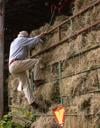
Chris Parrish
Chris Parrish climbs up the back of a hay wagon.
“Hay for horses has to be particularly palatable,” he said. “The nutrients in the grass are working through the stem throughout May, so you need to cut it when it reaches that peak stage. If you wait until early July to harvest the hay, all the nutrients have left the stem making it less nutritious and tasty. That might be all right for cattle because they have different digestive systems, but horses need, and their owners want, sweet dry grass full of nutrients.”
Looking ahead
Johnson is excited about the possibilities for new management approaches in pastures and hayfields. “This is an ongoing, dynamic process and working together with producers allows us to gain more knowledge as we go along.”
Johnson’s VWL recently received a grant to analyze more than 10 years of data it has collected from farms in its 16 county operating area. “In that study, we hope to develop science-based management recommendations for working farms that will help build back biodiversity. Through an interactive online portal farmers could evaluate conservation measures they currently implement and look at other practices that would increase biodiversity on their property, she said.”
The project is in its early stages and will take several years to complete.
“In the end, our hope is that farmers and landowners who adopt biodiversity-friendly farming practices receive recognition, potentially thorough signage on their property, acknowledging their commitment to conservation,” she said.
Read Part 2:
‘Speed dating’ is for the birds (and other critters)
In a new twist on the “mini-dating” phenomenon, a way in which couples focus their attention on each other for a short date that lasts 20 minutes or so, the Virginia Grassland Bird Initiative (VGBI), a consortium of regional and national conservation groups, launched the Conservation Speed-Dating Workshop program last year.


